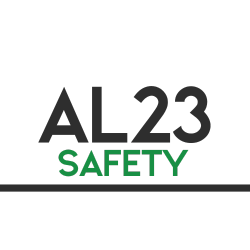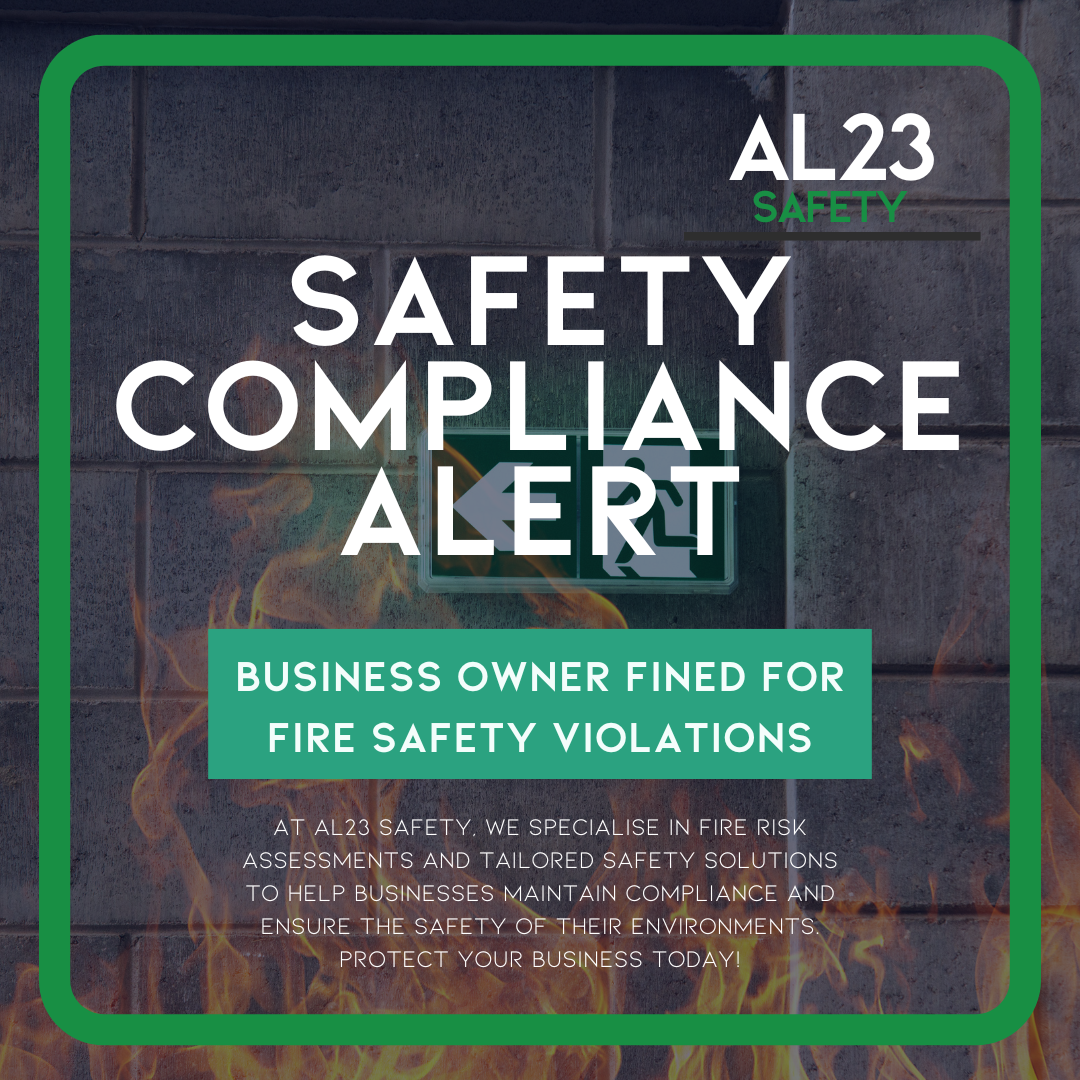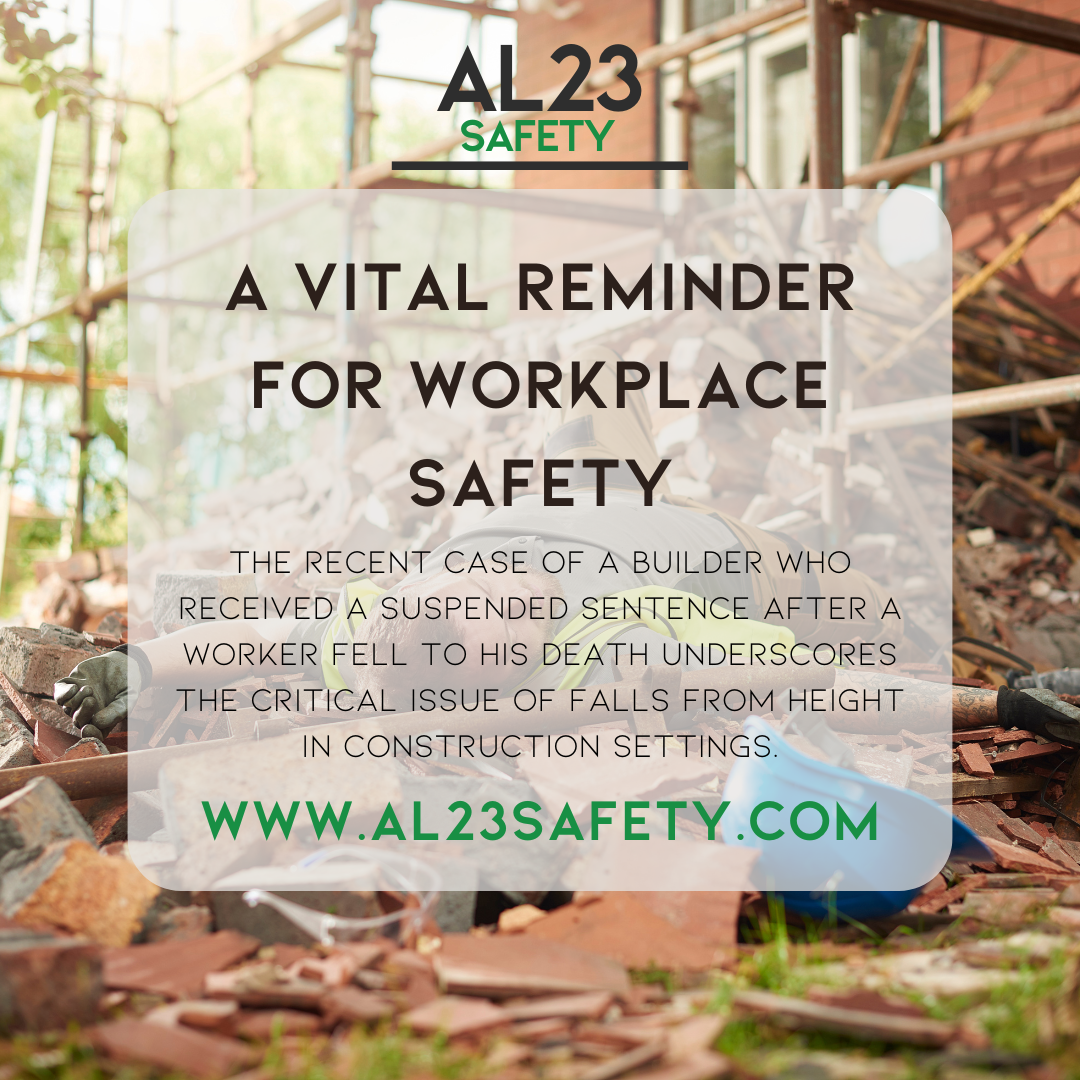Patient fall prevention strategies are crucial for healthcare providers seeking to protect their patients and avoid severe penalties. The recent £250,000 fine imposed on Betsi Cadwaladr University Health Board following multiple patient falls highlights the critical importance of implementing robust safety measures in healthcare settings. This comprehensive guide explores seven essential patient fall prevention strategies that can dramatically improve safety outcomes in your healthcare facility.
Why Patient Fall Prevention Strategies Matter More Than Ever
Patient fall prevention strategies have become increasingly important as healthcare organisations face both moral and legal obligations to protect those in their care. The Betsi Cadwaladr case serves as a powerful reminder that inadequate safety protocols can lead to devastating consequences – not only for patients who suffer injuries but also for healthcare institutions facing substantial financial penalties and reputational damage.
According to recent statistics, falls remain one of the most common adverse events in healthcare settings, with approximately 250,000 patient falls occurring annually in UK hospitals. These incidents result in significant patient harm, extended hospital stays, and increased healthcare costs. Implementing effective patient fall prevention strategies is therefore not just a compliance requirement but a fundamental aspect of providing quality care.
7 Transformative Patient Fall Prevention Strategies for Healthcare Providers
1. Comprehensive Risk Assessment Protocols
The foundation of effective patient fall prevention strategies begins with thorough risk assessments. Healthcare facilities must develop standardised tools to evaluate each patient’s fall risk upon admission and regularly throughout their stay. These assessments should consider:
- Medical history and conditions
- Medication regimens that might affect balance or cognition
- Mobility limitations
- Cognitive status
- Environmental factors
By identifying high-risk patients early, healthcare teams can implement targeted interventions before incidents occur.
2. Multidisciplinary Safety Teams
Successful patient fall prevention strategies require collaborative approaches. Creating dedicated safety teams that include nurses, physicians, physiotherapists, occupational therapists, and safety specialists ensures comprehensive oversight of fall prevention measures. These teams should:
- Meet regularly to review incident data
- Update protocols based on emerging evidence
- Share best practices across departments
- Coordinate staff training initiatives
AL23 Safety specialises in helping healthcare organisations establish and maintain these vital multidisciplinary teams.
3. Environmental Modifications and Safety Equipment
Physical environment plays a crucial role in patient fall prevention strategies. Healthcare facilities should conduct thorough evaluations of their spaces and implement modifications such as:
- Non-slip flooring throughout patient areas
- Adequate lighting, especially in pathways to toilets
- Properly positioned grab bars and handrails
- Appropriate bed heights and safety features
- Readily accessible call buttons
These environmental adjustments significantly reduce fall risks while maintaining patient dignity and independence.
4. Staff Training and Education Programmes
Even the most sophisticated patient fall prevention strategies will fail without proper staff training. All healthcare personnel should receive comprehensive education on:
- Recognising fall risk factors
- Proper patient transfer techniques
- Appropriate use of mobility aids
- Communication protocols for high-risk patients
- Emergency response procedures
AL23 Safety offers tailored training programmes designed specifically for UK healthcare settings, ensuring your team is equipped with the latest knowledge and skills.
5. Patient and Family Education
Engaging patients and their families is a vital component of effective patient fall prevention strategies. Healthcare providers should:
- Explain fall risks in clear, understandable terms
- Demonstrate proper use of call systems
- Encourage patients to request assistance when needed
- Involve family members in safety planning
- Provide written materials reinforcing safety messages
When patients and families understand the importance of prevention measures, compliance increases significantly.
6. Technology Integration
Modern patient fall prevention strategies increasingly incorporate technological solutions. Consider implementing:
- Bed alarms and pressure sensors
- Wearable devices that detect unusual movements
- Electronic monitoring systems that alert staff to patient activity
- Documentation systems that flag high-risk patients
- Data analytics to identify patterns and improvement opportunities
These technologies can provide crucial early warnings and help allocate resources efficiently.
7. Continuous Evaluation and Protocol Refinement
Effective patient fall prevention strategies require ongoing assessment and adaptation. Healthcare organisations should:
- Maintain detailed incident reporting systems
- Conduct regular safety audits
- Analyse trends in fall data
- Celebrate successes and address deficiencies
- Update protocols based on evidence and experience
This culture of continuous improvement ensures that safety measures evolve alongside changing patient needs and healthcare practices.
How AL23 Safety Transforms Patient Fall Prevention in Healthcare Settings
At AL23 Safety, we specialise in helping healthcare organisations develop and implement comprehensive patient fall prevention strategies tailored to their specific environments. Our expertise includes:
- Conducting thorough risk assessments specific to healthcare settings
- Developing customised safety protocols that exceed regulatory requirements
- Providing specialised staff training programmes
- Assisting with environmental safety evaluations
- Offering ongoing consultancy services to maintain safety excellence
By partnering with AL23 Safety, healthcare providers can access the expertise needed to create safe environments that protect both patients and the organisation itself.
Conclusion: Excellence in Patient Fall Prevention Strategies
Implementing robust patient fall prevention strategies is not merely about avoiding penalties—it’s about fulfilling the fundamental healthcare promise to “first, do no harm.” The case of Betsi Cadwaladr University Health Board demonstrates the serious consequences that can result when these strategies are inadequate.
By adopting the seven essential strategies outlined above and working with experienced safety consultants like AL23 Safety, healthcare organisations can dramatically reduce fall risks, protect vulnerable patients, and create a culture where safety is paramount.
Contact AL23 Safety today to discover how our tailored approach to patient fall prevention strategies can help your organisation exceed safety standards while providing exceptional care.



